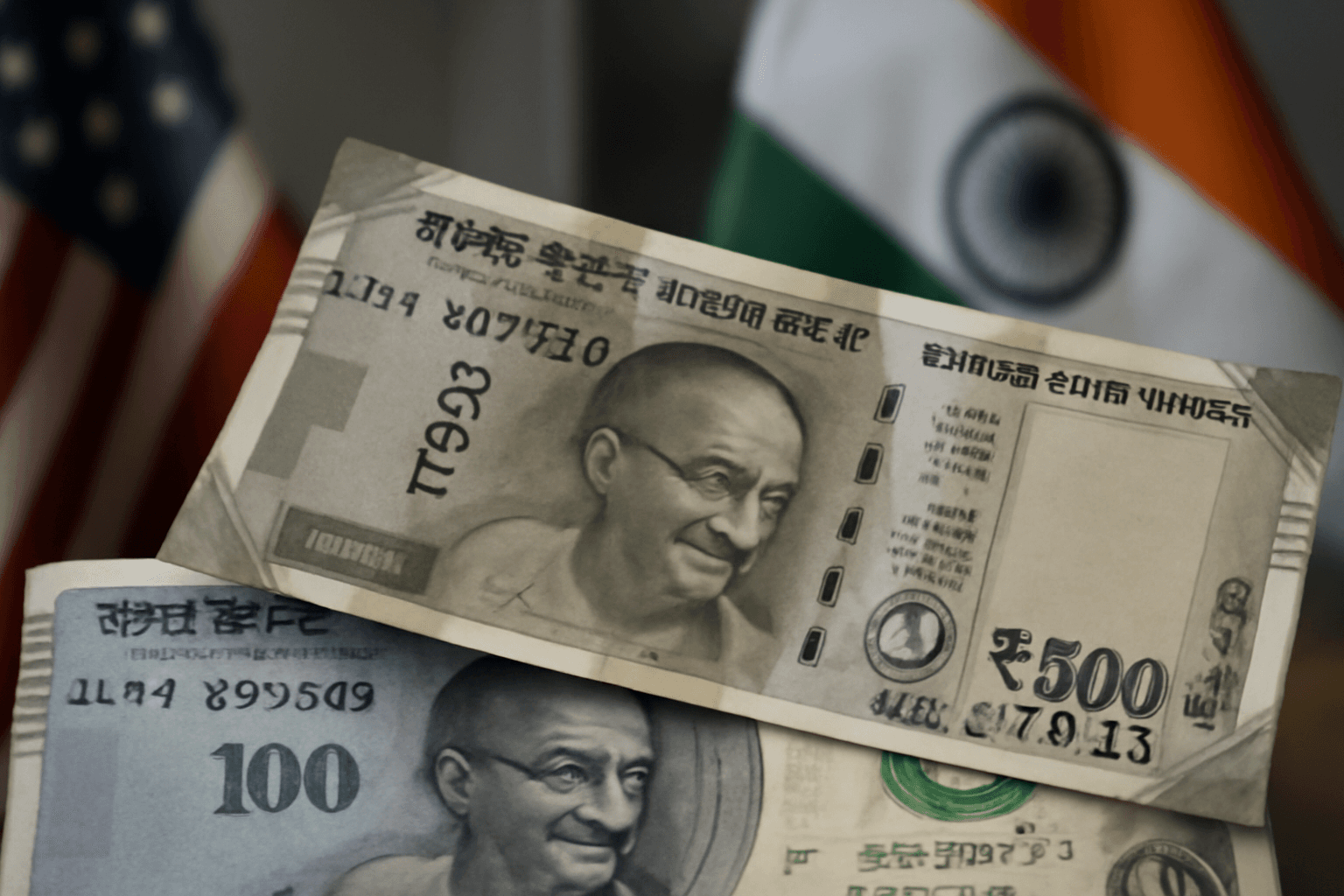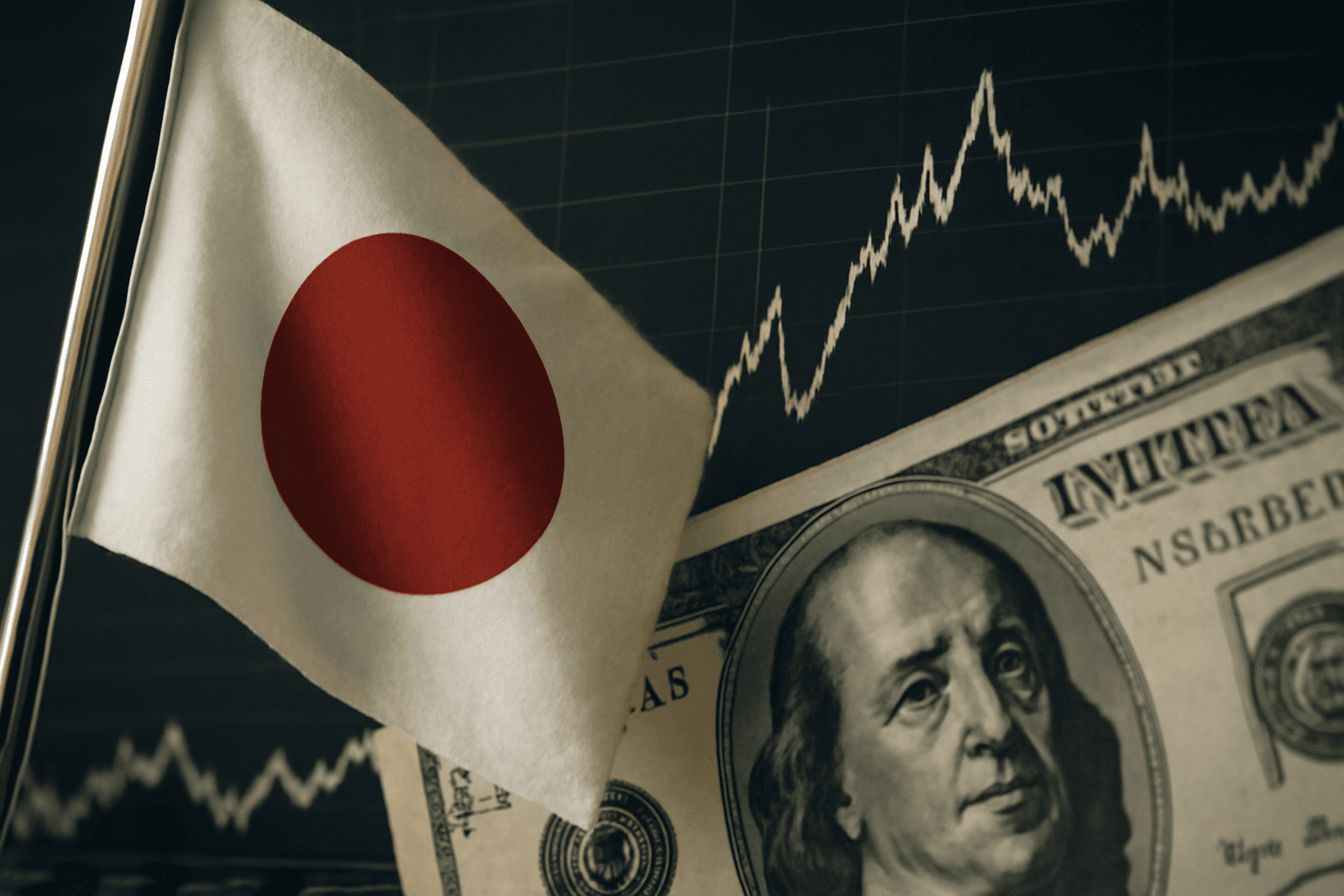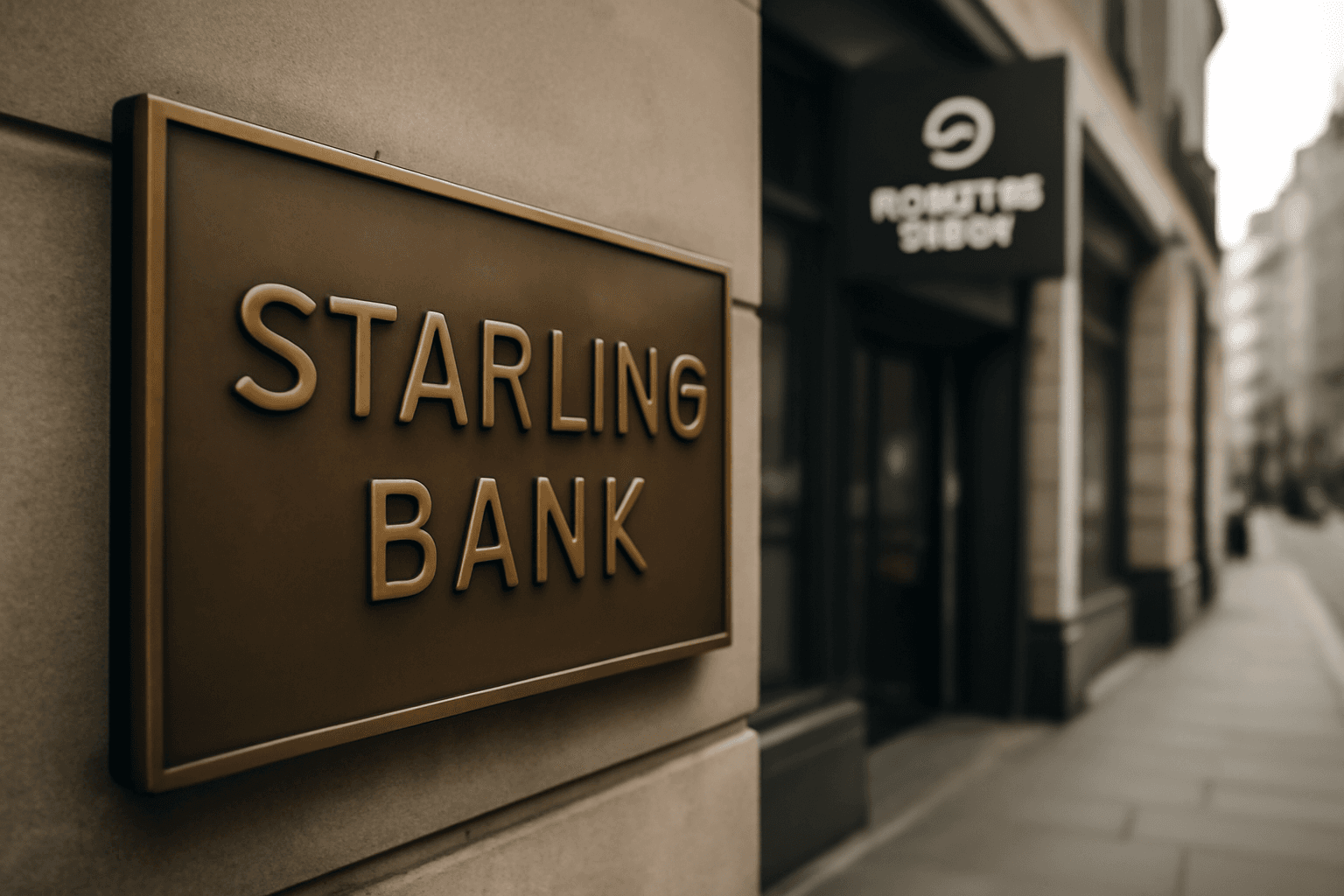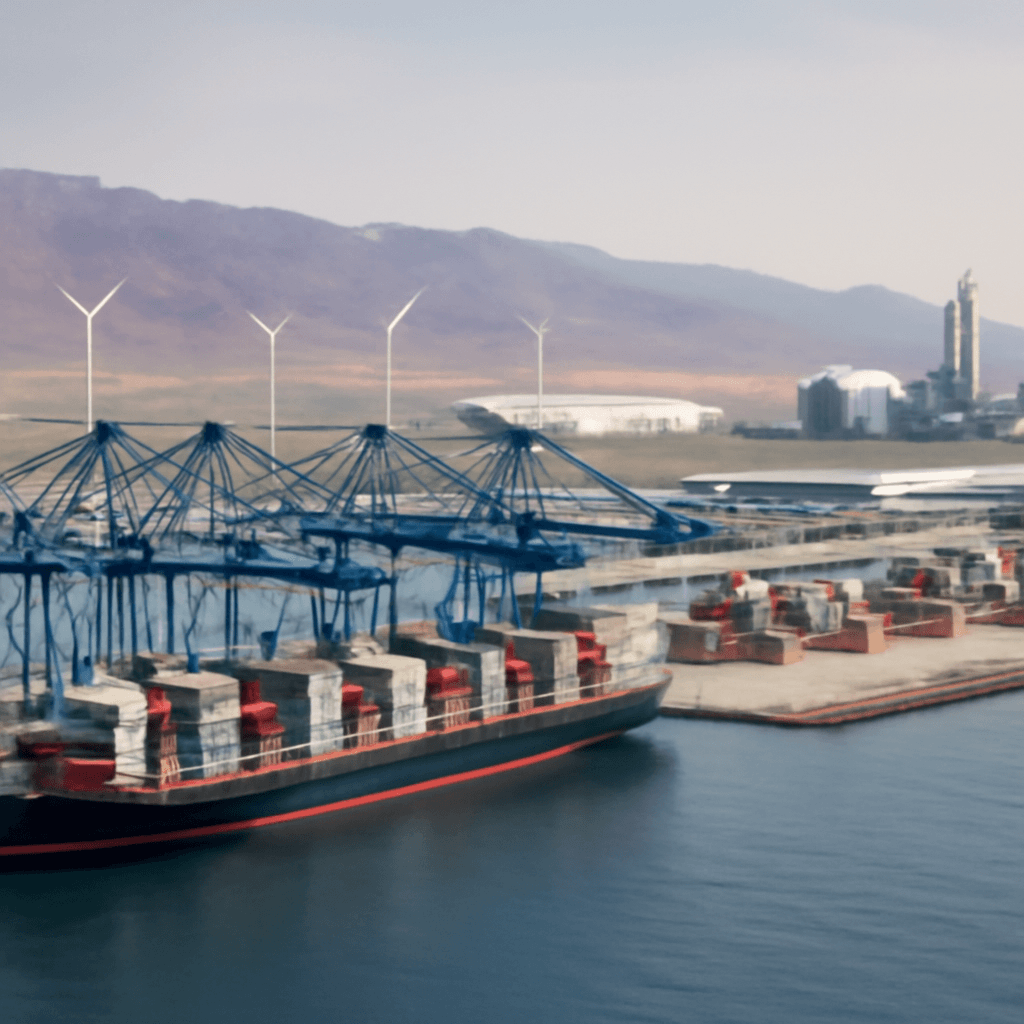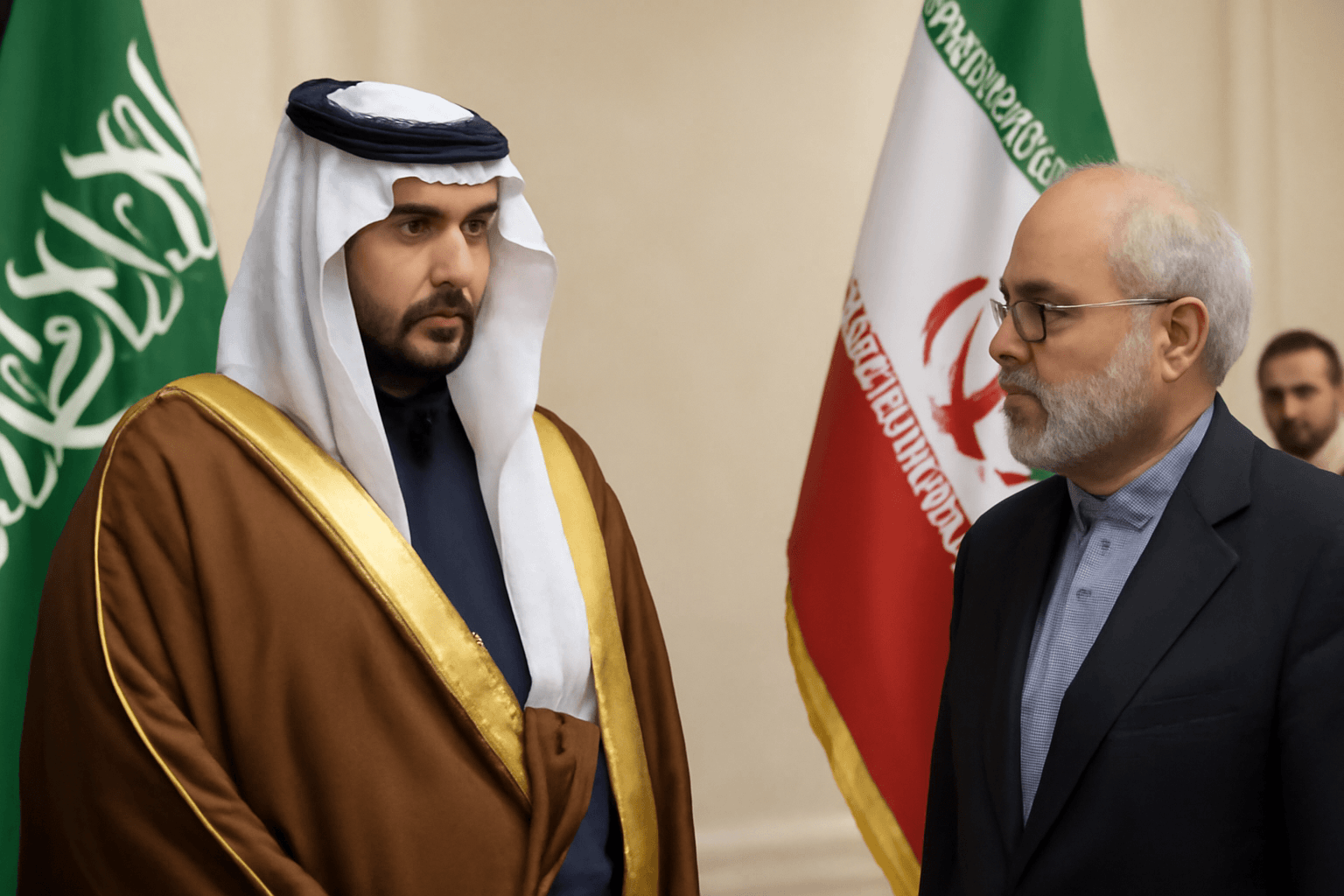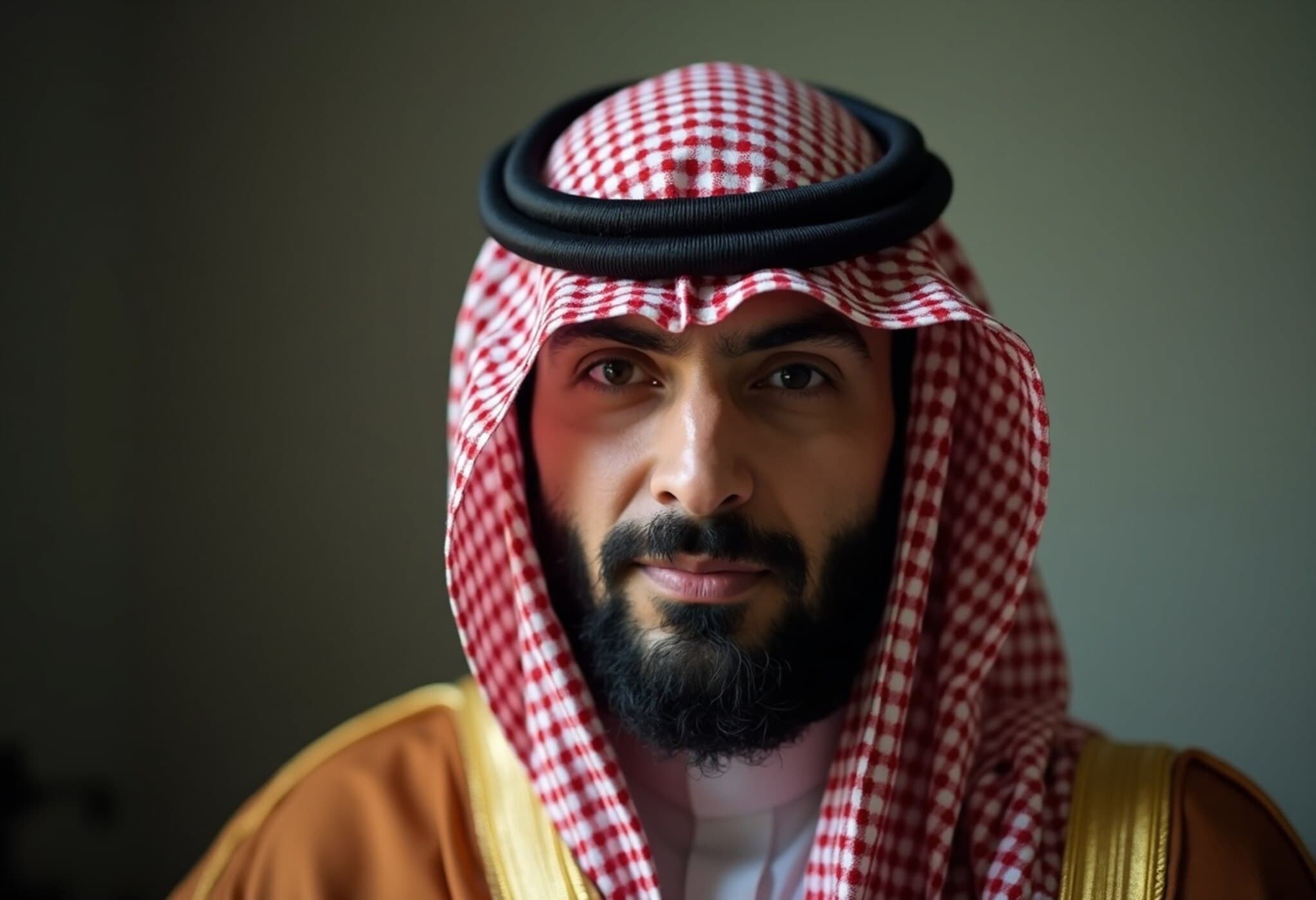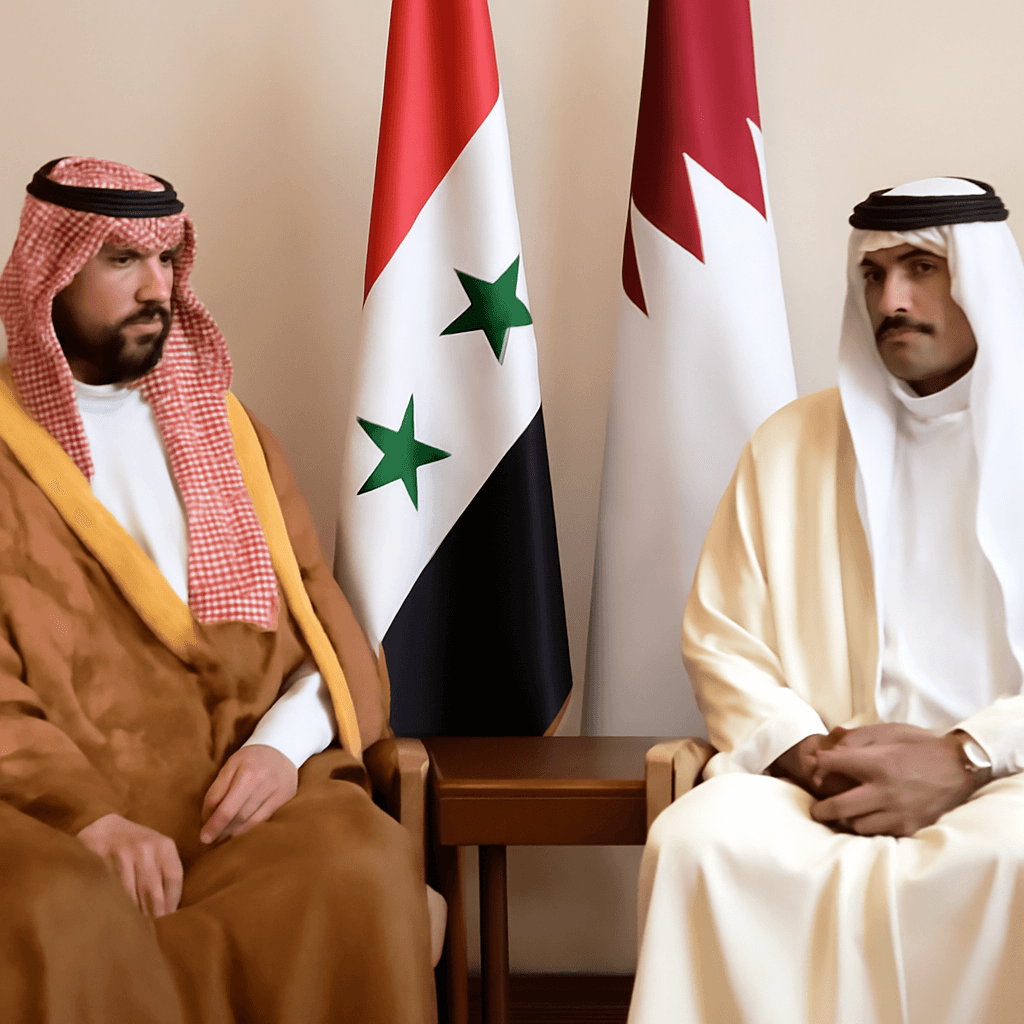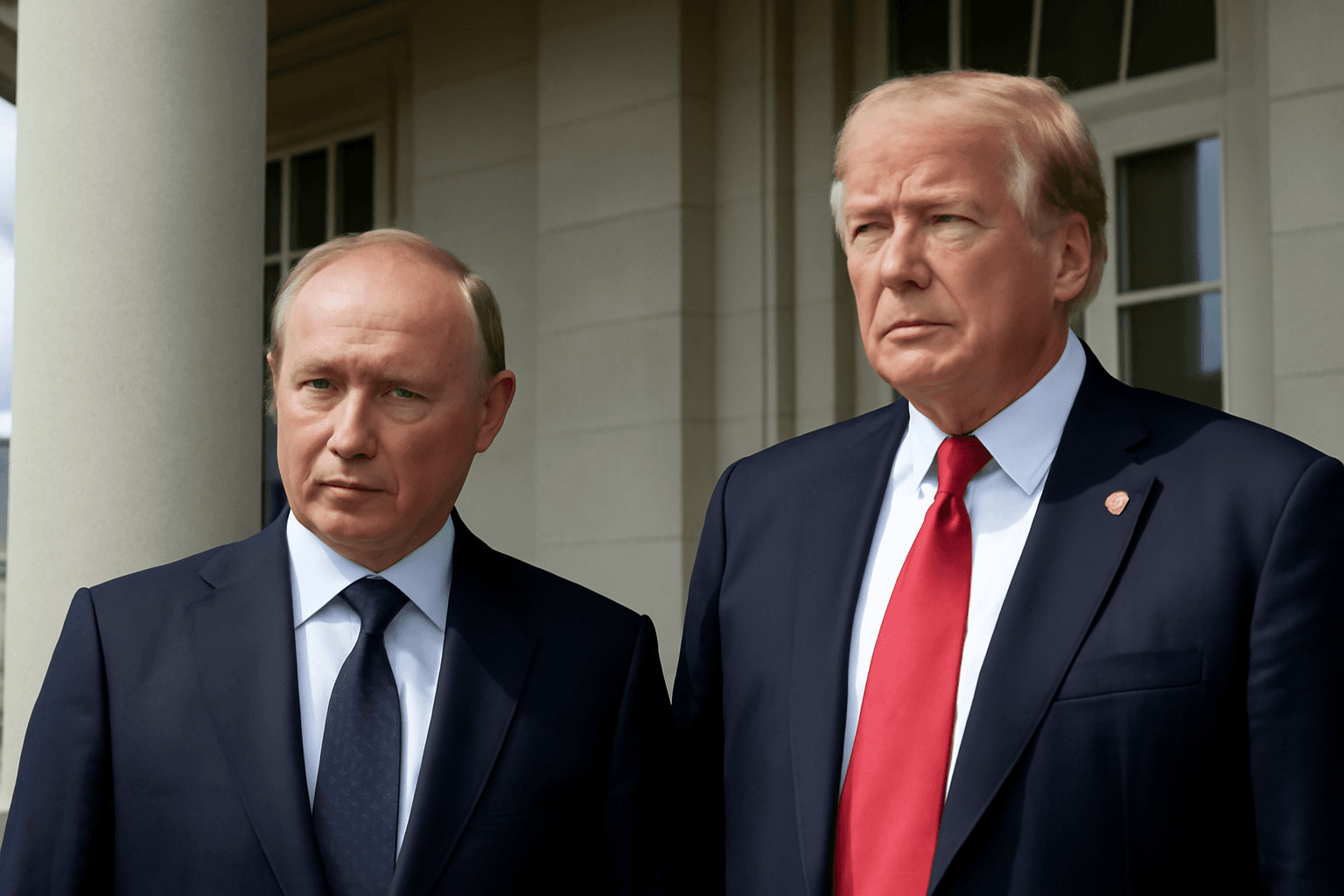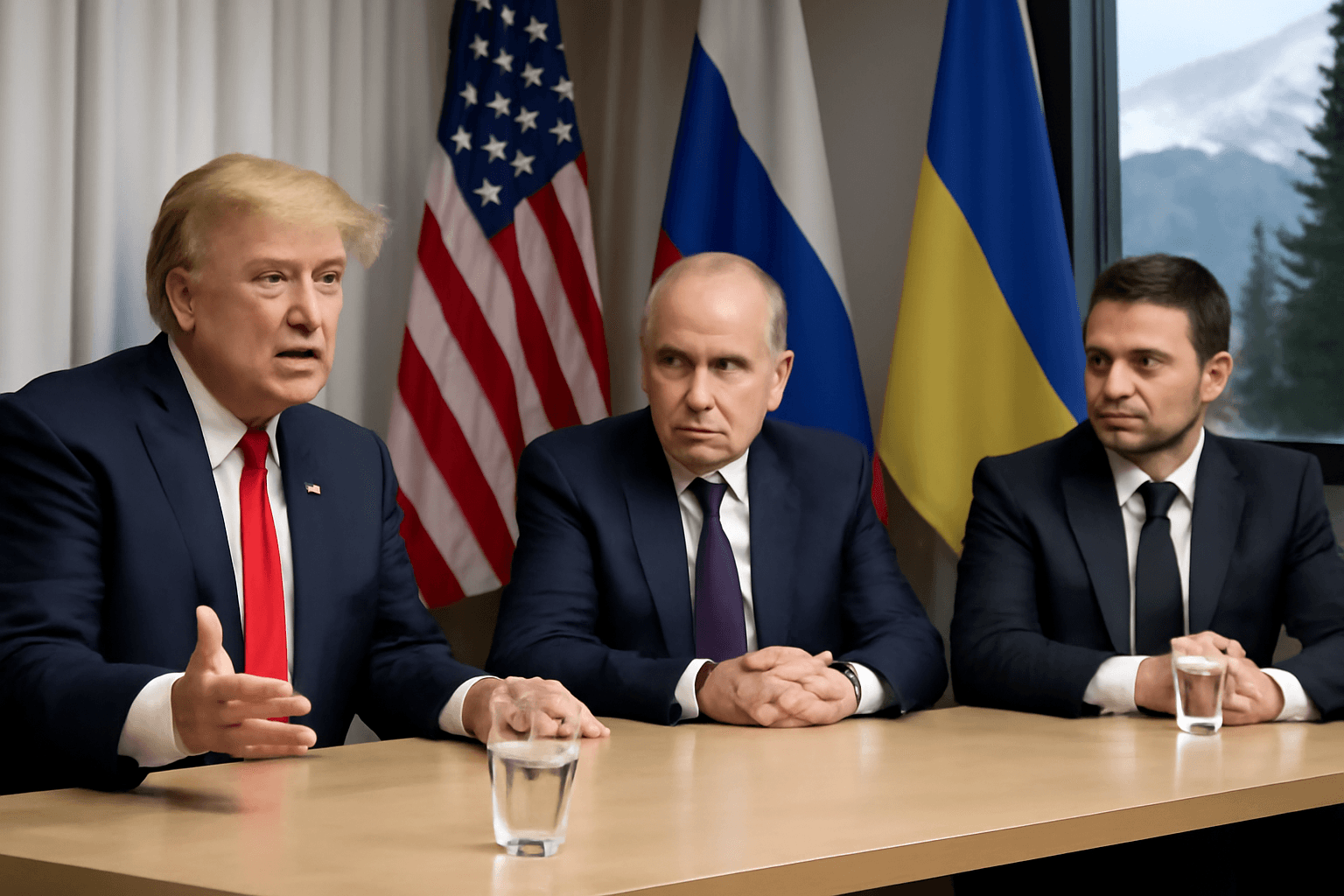Saudi Arabia's Sovereign Wealth Fund Reports $8 Billion Write-Down
In an unexpected twist amid a period of ambitious expansion, Saudi Arabia's Public Investment Fund (PIF) has reported an $8 billion write-down in its investments linked to the kingdom’s signature 'gigaprojects' at the close of 2024. This reduction comes despite the fund’s total assets under management soaring to an impressive $913 billion, affirming its status as one of the world's largest and fastest-growing sovereign wealth funds.
The Shift in Investment Strategy
The writedown primarily reflects a 12.4% drop in gigaproject investments, decreasing from 8% to 6% of the PIF’s portfolio, tallying to around $56.2 billion. These projects, including the futuristic $500 billion Neom development—a sprawling city planned to revolutionize urban living—have encountered budget overruns and operational hurdles.
Simultaneously, the fund has been recalibrating its portfolio by increasing its emphasis on domestic ventures, reducing international holdings to 17% from 20% just a year prior. This pivot underscores a strategic intensification on Saudi Arabia’s internal economic diversification efforts in the wake of fluctuating global oil prices.
Economic Context: Oil Prices and Fiscal Deficits
Saudi Arabia’s economy continues to wrestle with the ripple effects of falling oil prices and an expanding fiscal deficit, challenges that weigh heavily on the PIF’s performance. The fund’s annualized returns have dipped from 8.7% to 7.2% since 2017, a trend analysts attribute in large part to diminished revenues from its sizable stake in Saudi Aramco. With oil revenues constituting a significant pillar of the kingdom’s income, any sustained decline in crude prices directly impacts dividend payouts and, consequently, the fund’s investment capacities.
While the Saudi government has infused more Aramco shares into the PIF to bolster its asset base, industry experts caution that if oil prices persist at sub-$60 levels, the fund’s long-term capacity to support mega-projects could be curtailed.
Neom and Vision 2030: Ambitions and Financial Realities
Neom, a cornerstone of Crown Prince Mohammed bin Salman’s Vision 2030 strategy to diversify away from oil dependency, exemplifies both the kingdom’s high aspirations and its current financial challenges. Envisioned as a futuristic city roughly the size of Massachusetts, designed to foster new industries and attract millions, Neom has faced practical setbacks including ballooning costs and project delays.
Sources familiar with the project revealed that escalating costs have forced reconsiderations, with some initiatives postponed or shelved altogether. These budget overruns occurred alongside shrinking oil revenues, creating a cost squeeze that even this petro-state's deep pockets are feeling.
Looking Ahead: Pivoting Towards Innovation and Growth
Despite the setbacks, the PIF remains focused on harnessing emerging sectors such as artificial intelligence and technology, aiming to position Saudi Arabia at the forefront of global innovation. This strategic pivot reflects a recognition that, in an uncertain oil market, diversifying the kingdom’s revenue streams is not merely aspirational but essential.
Moreover, the fund's successful raising of nearly $17 billion through public and private debt markets illustrates a broadening of its financial toolkit, setting the stage for more resilient capital formation in the years ahead.
Expert Insights: What This Means for the Global and Regional Economy
- Regional Economic Stability: Saudi Arabia’s ability to sustain its ambitious projects will influence economic stability in the Gulf and broader Middle East, given the PIF’s role in regional investment.
- Global Oil Market Dependence: The fund’s sensitivity to oil price shocks highlights the ongoing challenge for resource-dependent economies to balance short-term revenues with long-term diversification.
- Investment Community Watch: With its stakes in global blue-chip companies and major sports franchises, PIF’s performance remains of interest to international investors seeking to understand emerging market dynamics.
Editor’s Note
Saudi Arabia’s Public Investment Fund is navigating a delicate balancing act amid the shifting sands of global energy markets and domestic economic transformation. The $8 billion writedown underscores the financial pressures facing even the most ambitious sovereign wealth funds when confronted with macroeconomic headwinds. Looking ahead, the critical question remains: can the kingdom’s pivot to technology and domestic investment offset the volatility of oil revenues? The outcome will not only shape Saudi Arabia’s economic future but also resonate across global markets tied to energy and emerging economies.
As investors and policymakers watch closely, the PIF’s journey may offer invaluable lessons on resilience, innovation, and the complexities of sovereign wealth management in a rapidly evolving world.



